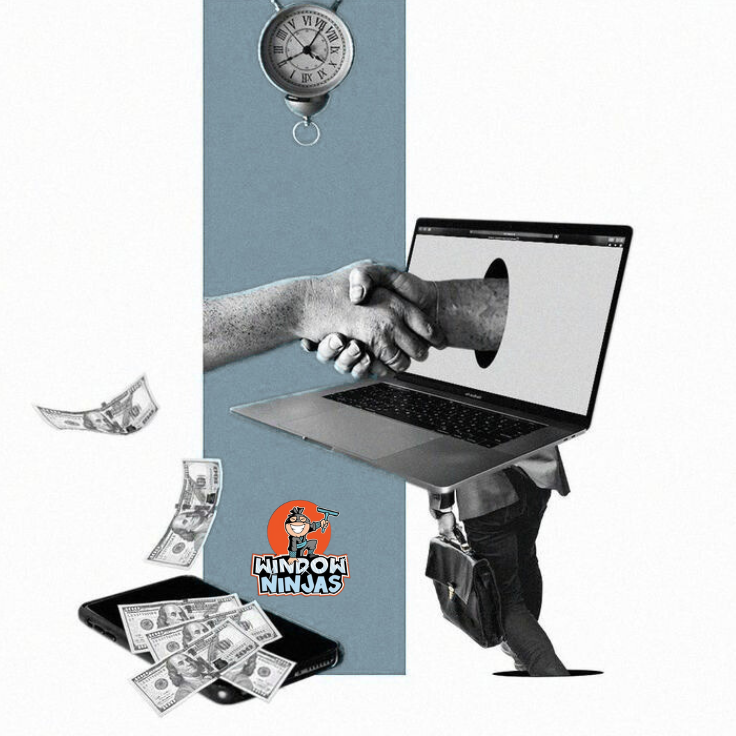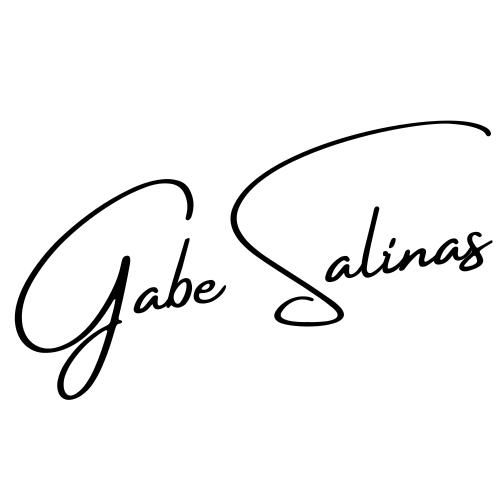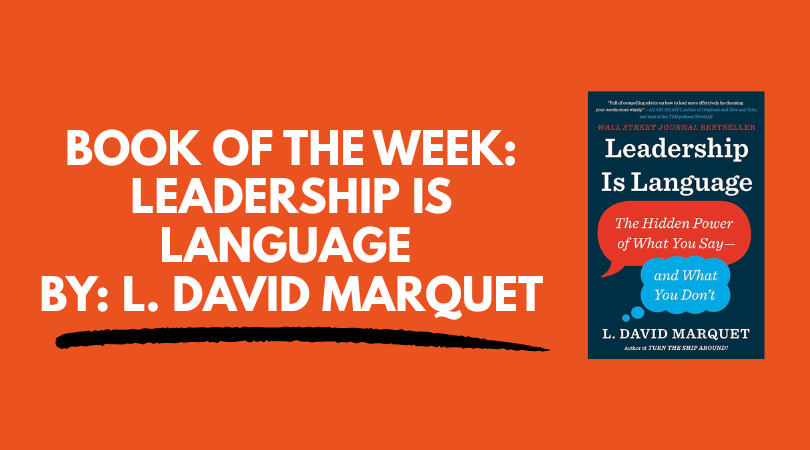Reviewed by Gabe Salinas, Founder of Window Ninjas
What makes a great leader? Most people would say vision, decisiveness, courage, or confidence.
But what if one of the most overlooked elements of leadership is the very thing we use every day without thinking, our language?
That’s the premise of Leadership is Language by former U.S. Navy submarine captain L. David Marquet. And let me tell you, this book made me stop, think, reflect, and in some cases cringe a little.
Because it held up a mirror.

It didn’t hype me up or tell me how great I was as a leader. It showed me where I could be better. And that’s exactly what I want from a great business book.
The El Faro: A Tragedy and a Wake-Up Call
One of the most striking stories in the book is the tragic sinking of the El Faro, a cargo ship that sailed directly into a hurricane. The captain stuck with his original plan. The crew had doubts but never voiced them strongly enough. Nobody pushed back. And the result was fatal.
This wasn’t just a maritime story… it was a leadership story.
Reading this section, I couldn’t help but reflect on how easy it is to fall into the same trap in business. You create a plan. You set the direction. But then… conditions change. The team senses it, but no one wants to challenge the plan or the person in charge.
Why?
Because our language and leadership culture haven’t created space for that to happen.
This was a powerful reminder: leadership isn’t about always being right—it’s about being open. And the words we use shape whether people feel safe enough to speak up.
Leading by Language: The Right Words at the Right Time
Marquet makes a clear and compelling argument: the way we talk as leaders either opens doors or slams them shut.
He breaks down everyday language habits that unintentionally discourage input, collaboration, or creative thinking. Even common phrases like “Does that make sense?” or “Are we good?” can shut down dialogue.

Instead, he urges leaders to move from coercion to collaboration, and from compliance to commitment.
Some of his most impactful phrases for me were:
- “Commit, don’t comply.”
- “Collaborate, don’t conform.”
- “Pause and reflect.”
These are simple, but powerful. They encourage teams to think, contribute, and challenge instead of blindly follow.
Reading this, I found myself reflecting on how many times I’ve defaulted to directive language. Not out of arrogance, but out of habit. Out of speed. Out of a desire to get things done quickly.
But speed without clarity is just motion. And direction without dialogue is dangerous.
Connecting to the Window Ninjas Way
One thing that really stood out to me was the section on the Toyota Way, a leadership and operational philosophy I’ve admired and implemented since the early days of Window Ninjas. Continuous improvement, respect for people, clear systems, these are core principles I’ve built our company on.
But what Marquet adds is an even deeper layer: It’s not just the system that matters—it’s the way you talk inside that system.
That hit me.
Even with great systems, if your communication is shutting people down or speeding past their input, you’re limiting what your team can do. You’re capping their creativity. You’re wasting talent.

Leadership is Language reminded me that high performance starts with how we speak—especially in high-stakes moments.
Gabe’s Golden Squeegee Rating: 4 out of 5

Here’s my full breakdown:
What I Liked:
- The El Faro story is unforgettable. It anchored the message in a real-world, high-consequence event.
- The book gave me language tools I could start using right away. Not theory—application.
- It made me pause and reflect—on how I speak to my team, how I listen, and how I lead.
- It connected leadership to self-awareness, which I think is the key to growth.
What Could’ve Been Better:
- A few chapters felt a bit repetitive. The message is strong, but it could’ve been more concise in places.
- I would’ve appreciated tactical chapter recaps—quick summaries or checklists to reinforce the key points.
- Some of the examples didn’t land as hard as the El Faro story—but that one set the bar very high.
That said, these are minor critiques. Overall, this is a book that challenged me, made me think, and gave me tools I’ll use daily.
Final Takeaway
If you’re leading a team, running a business, managing a family or just interacting with people, you need to understand the impact your words have.
Leadership is Language isn’t about sounding smart or being polished.
It’s about using the right language to create trust, unlock input, and make better decisions together.
I’d recommend it to any leader serious about creating culture, building strong teams, and owning the responsibility that comes with leadership.
4 out of 5 Golden Squeegees.
Add it to your library. And don’t just read it—reflect on it.
— Gabe Salinas
Founder, Window Ninjas
Keep Shining.

